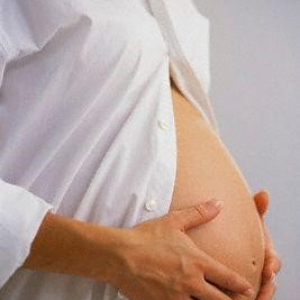
Call us on 021 154 1413

Call us on 021 154 1413
14 February 2020

The large randomised controlled trial of acupuncture for pelvic pain in pregnancy was published by Elden et al. 2005. The study involved 386 pregnant women.
The study compared standard treatment for pelvic pain (a pelvic belt, patient education and home exercises for the abdominal and gluteal muscles) with standard treatment plus acupuncture or standard treatment plus extra physiotherapy stabilising exercises (for the deep lumbopelvic muscles). The study time frame consisted of one week which was used to establish a baseline, followed by six weeks of treatment. The acupuncture treatment was given twice a week and the stabilising exercise sessions one hour per week (with patients then doing these exercises several times a day on a daily basis). Follow up was carried out one week after treatment finished. Pain was measured by a visual analogue scale and by an independent examiner before and after treatment. The authors concluded acupuncture was superior to stabilising exercises in the management of pelvic girdle pain in pregnancy, with acupuncture the treatment of choice for patients with one sided sacroiliac pain, one sided sacroiliac pain combined with symphysis pubis pain and bilateral sacroiliac pain. View Abstract
The latest Cochrane review (considered the ‘gold stranded’ in research for evaluating randomised controlled trials) examined 26 trials involving 4093 pregnant women with different therapies including acupuncture and physiotherapy. Eleven trials involved Lower Back Pain, 11 trials Lumbo-pelvic pain and four pelvic pain (including the Elden et al trail as discussed above). Their findings were reported as:
Acupuncture significantly reduced pelvic pain more than usual care alone.
Acupuncture was significantly more effective than exercise for reducing pelvic pain.
Acupuncture was more effective than physiotherapy at relieving lumbo-pelvic pain and improving function View Cochrane Report